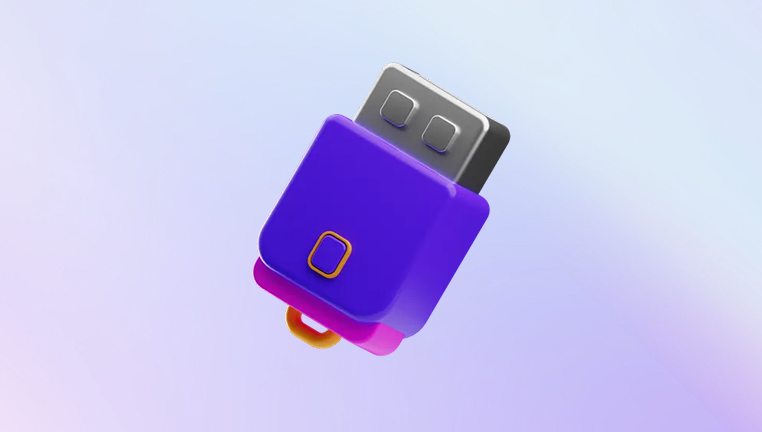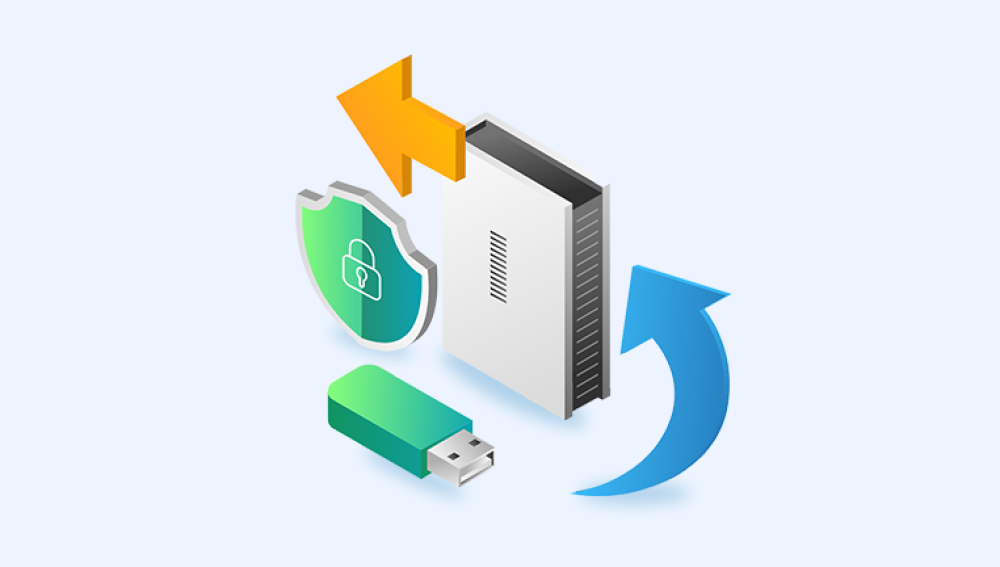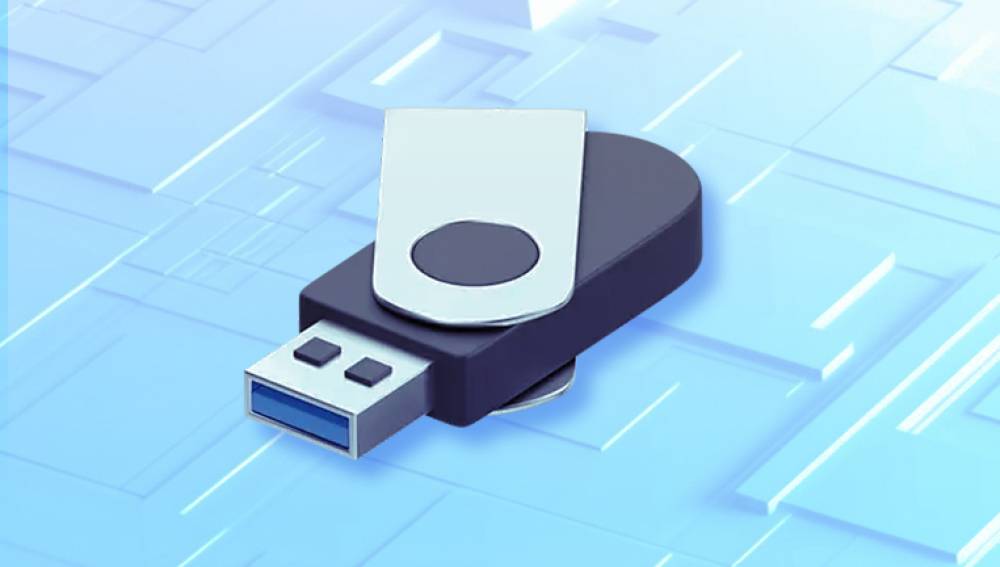USB drives are essential tools in our daily lives, acting as portable storage for everything from personal documents to professional files. Despite their convenience and reliability, they are not immune to data loss. One of the most common and frustrating issues users encounter is accidentally erasing files from a USB drive. Whether caused by an unintentional delete command, accidental formatting, malware, or corruption, losing critical files can be stressful. However, the good news is that erased files are not always gone forever. With the right tools and a clear strategy, it is often possible to recover them successfully.
When a file is deleted from a USB drive, the system typically does not remove the actual data immediately. Instead, it marks the file space as available for reuse. Until that space is overwritten by new data, the original file remains on the drive, though it is invisible to the operating system. This behavior is what makes data recovery possible.

There are different types of file erasure, including:
Standard Deletion: Files are deleted but not overwritten.
Formatting: The file system is reset, but data may still be recoverable.
Corruption or Malware: Files may be hidden or inaccessible.
Common Causes of File Erasure on USB Drives
Accidental Deletion: Users often delete files unintentionally.
Formatting: Drives may be formatted by mistake or to solve compatibility issues.
Virus or Malware Attacks: Malicious programs can hide or delete files.
Improper Removal: Removing a USB drive without safely ejecting can lead to data corruption.
File System Errors: Logical errors in the file system can make files disappear.
Software Glitches: Unexpected crashes or errors during file transfers can lead to data loss.
Initial Steps After Discovering Erased Files
To maximize the chances of recovering erased files:
Stop Using the USB Drive: Continued use may overwrite deleted files.
Avoid Writing New Data: Do not save or move files to the USB drive.
Scan for Malware: Ensure the issue isn’t caused by a virus hiding files.
Check for Hidden Files: Use file explorer settings or command-line tools to reveal hidden items.
Recovery Methods
There are several effective ways to recover erased files from a USB drive:
1. Use Data Recovery Software
Drecov Data Recovery
Drecov Data Recovery is a powerful software designed to recover lost, deleted, or erased files from various storage devices, including USB flash drives. It supports a wide range of file types such as documents, photos, videos, audio files, and more. The tool is compatible with multiple file systems, including FAT32. exFAT, and NTFS, which are commonly used by USB drives.
When you erase a file from a USB drive, the data isn’t immediately removed; instead, the space is marked as available for new data. Drecov Data Recovery scans the USB drive at a deep level, locating the erased files before they are overwritten. It offers both quick and deep scan modes, increasing the chances of successful recovery depending on the situation.
Step-by-Step Recovery Process
Download and Install: Download Drecov Data Recovery and install it on your computer—not on the USB drive you want to recover files from.
Connect USB Drive: Plug the USB drive into your computer.
Launch the Software: Open Drecov Data Recovery and select your USB drive from the list of available devices.
Choose Scan Type: Start with a quick scan to find recently deleted files. If necessary, run a deep scan for a more thorough search.
Preview and Recover: Once the scan completes, preview the found files, select the ones you want, and recover them by saving to a different storage location.
2. Use Windows Command Prompt (CMD)
You can use CMD to recover hidden files or repair the USB:
Reveal hidden files:
attrib -h -r -s /s /d X:\*.*
Replace X with the correct drive letter.
Fix errors:
chkdsk X: /f
3. Restore from Backups or File History
If you back up regularly, you may be able to recover deleted files from:
File History
Windows Backup
Cloud storage (OneDrive, Google Drive, Dropbox)
4. Check Temporary and Cache Folders
Some software creates temporary files that can act as backups. For example:
Microsoft Word: .asd or .wbk files
Adobe Photoshop: .tmp files
5. Use a Professional Data Recovery Service
If the USB drive is physically damaged or software recovery fails, consult a professional data recovery service. These services are equipped to handle:
Severely corrupted drives
Physically broken USB sticks
NAND chip-level recovery
Key Features to Look for in Recovery Software
When choosing a recovery tool, consider the following:
File Type Support: Ability to recover different file formats.
Scan Depth: Quick scan and deep scan options.
Preview Option: Allows file viewing before recovery.
User Interface: Easy to navigate.
Speed and Reliability: Efficient scanning and high recovery rate.
Tips for Successful Recovery
Act quickly before files are overwritten.
Don’t install recovery software on the affected USB drive.
Recover files to a different storage location.
Run both quick and deep scans.
Verify recovered files for completeness.
Preventive Measures to Avoid Future Data Loss
Regular Backups: Maintain backups in multiple locations.
Use Antivirus Software: Protect against malicious threats.
Safely Eject Drives: Prevent corruption by using the ‘Eject’ feature.
Avoid Interrupting Transfers: Do not remove USB while copying files.
Use Quality USB Drives: Invest in reliable, well-reviewed devices.
Understanding File System Formats
Knowing your USB drive's file system can aid in recovery:
FAT32: Common, compatible with many devices, limited to 4GB file size.
exFAT: Supports larger files, good for cross-platform use.
NTFS: Supports advanced features but mainly used for Windows systems.
Real-World Scenario: Recovery Success Story
James, a freelance videographer, accidentally formatted his USB drive containing raw footage for a project. He:
Immediately stopped using the drive.
Downloaded Drecov Data Recovery on his computer.
Scanned the USB using deep scan mode.
Recovered nearly all of his video files.
Backed up the recovered data to an external hard drive.
His prompt action and choice of the right tool made all the difference.




